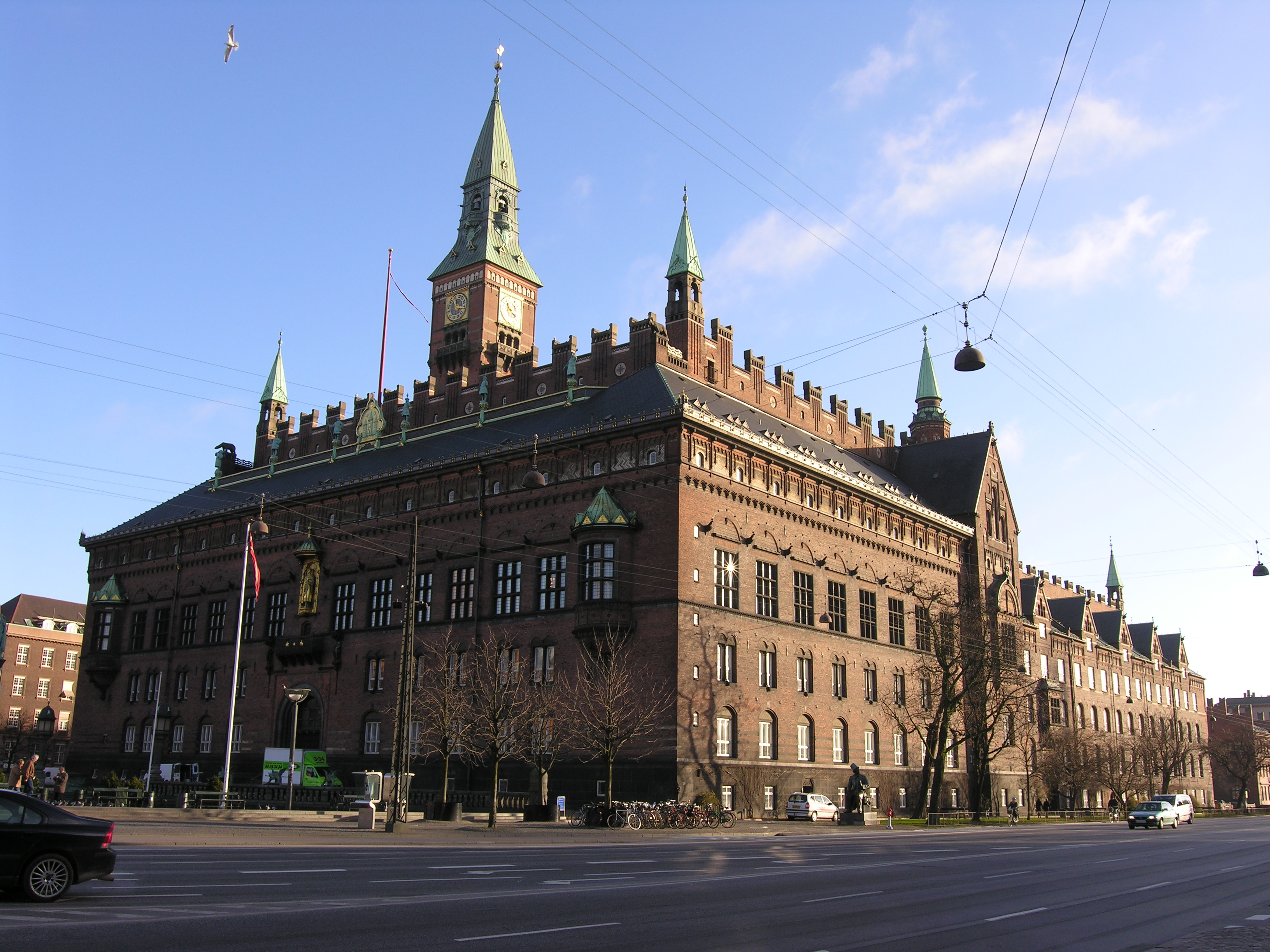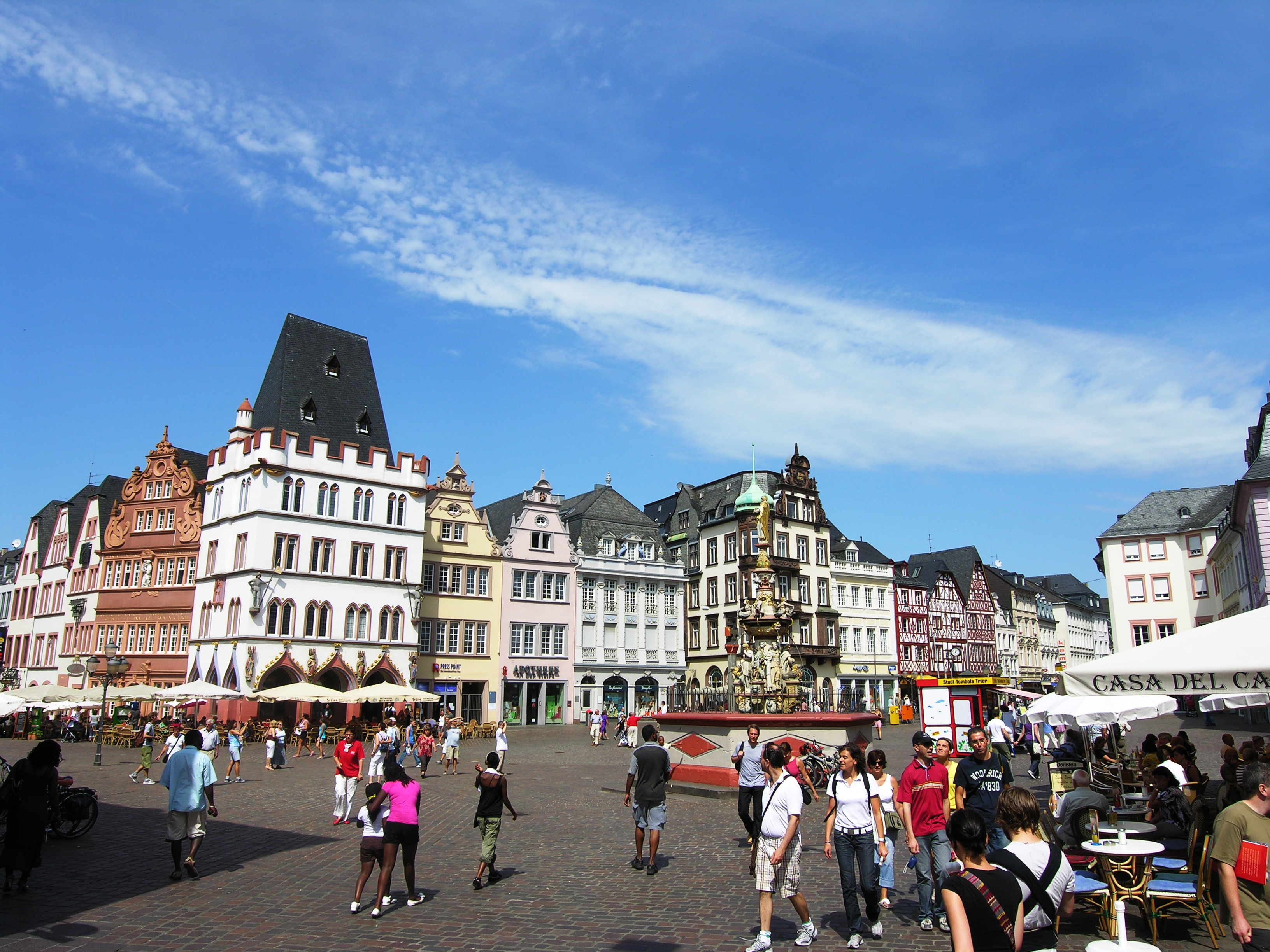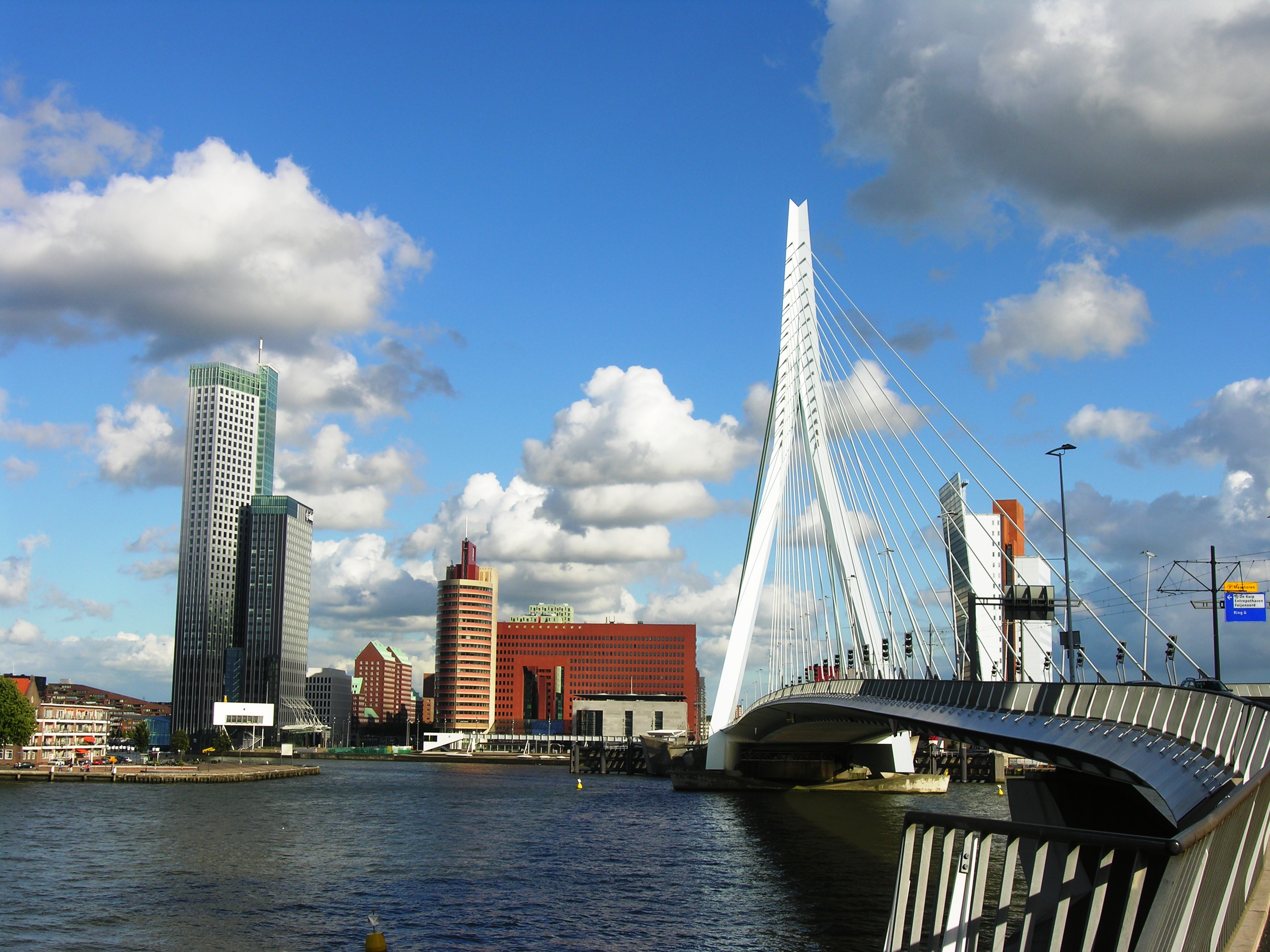
[Guess where]
This here should be no news for those precious few of you who took note of my posts…
But do read it, and follow the links, e.g., regarding Dunbar’s numbers which reminisce Bruce Schneier’s ideas.
Gijs van Wulfen (profile here) posted something elsewhere, which I bluntly copy:
Innovation is difficult. You are not the only one who thinks it’s a challenge. It has been a struggle for me the last 25 years as manager, consultant, facilitator and as founder of the FORTH innovation method. That’s why I love it actually. I love to do difficult things. My personal goal is to make innovation less complex so others will be able to innovate their product – and service portfolios and organizations – themselves.
As one of the first Linkedin Influencers I have written more than 80 posts about innovation the last sixteen months. Last week I reread them all to identify my most essential insights. Some are provoking. Others are simplifying. Here’s a list of quotes from my LinkedIn innovation articles. Please use them to lead your organizations in innovation:
- In the long run a company cannot survive on doing the same things better and cheaper.
- Most managers are like dogs. They bark at what they don’t know.
- Managers say yes to innovation only if doing nothing is a bigger risk.
- Continuous innovation is bullshit. You only innovate when you have to.
- Organizations frustrate innovative employees.
- Starting innovation is like a child starting to walk. Learn to love the struggle!
- If there’s no urgency innovation is considered as playtime.
- Most people only innovate when they have to. Pick the right moment.
- Innovators need the patience of a hunter to wait for a shot that you’re sure you can make.
- Never start innovation with an idea. You will fall in love with it. But love is blind.
- A big idea is a new simple solution for a relevant problem or dream.
- The best innovators are need seekers.
- The problem of brainstorms is the inability of people to let go of the old ideas.
- If you don’t get new insights you won’t get new ideas.
- For most companies evolutionary ideas are quite revolutionary.
- You can invent on your own, but in an organization you can never innovate alone!
- Think outside the box and present your idea inside the box otherwise nothing will happen.
- Innovators should bring back new business not new ideas.
- Nobody buys innovation from a clown so bring back a new business case.
- The voice of the customer is your best support for a new concept.
- Innovators should stop writing plans. Innovation is learning by doing.
- Innovation does not stop at the first “No”. That’s the moment it really starts.
- Less creative ideas are better because they have a higher chance of becoming reality.
- An organization is just like a herd. Focus on the slowest animals. When they start running too your organization really gets innovative.
So here were 24 of my essential insights about innovation. I hope some of them are helpful to you. As I promised 25 insights please do me a favor and share with us, as a comment, your own essential insight about innovation as number 25……..
And yes indeed, I’d like to hear your number 25, too.

[To round off brain ‘governance’]
Yes, it’s bias time again. The last of the series of biases that you, yes you, have. Even if you are aware of these, and even if you consciously try to correct for them to be, heh, ‘objective’, as in what e.g. auditors pursue, you will fail.
As Fortune Magazine reported last week, suddenly everyone realises that the dreaded (dreadful?) Sarbanes-Oxley act has hardly any sway anymore over business affairs. And some senators are calling for its repeal.
First, a pic for your viewing pleasure:

[Barça, near the Olympic (remember?) village]
Can we assume this a sign of the waning of Compliance ..? Hopefully. What we’re left with, is a decade of misery for all but the compliabullies. How can we force them to pony up the compensation for financial and immaterial damages they caused ..?
They’re probably too blind (numb) to see that they did, massively, without any improvement in overall management, or viability, of the organisations involved. On the contrary, all the efforts were so misdirected that initiatives that might actually have helped, were thwarted. Innovation initiatives were demolished, economies destroyed. The only escape vent was in the financial industry, where wizardry escaped the numb compliabullies. What a bubble blew out…
And think of all the (actual, positive) creativity and careers that didnt take flight, or were culled. How to restore all the joy of years of productive careers, not as a second wind because that always sourly reminds of the lost years, the irrevokably lost life ..? If all that can be done is destroy the compliabullies’ lives and memories, then maybe that’s all that can and should be done. Not preferable, but if, then.
Just to drop ’em.
First; the hypes come and disappear again quicker than you get to notice them as such. As in some Bird thing. Is this the new way trends will go ..? If so, we’ll all have trouble keeping up, and will see disparate clusters of innovation, some re-inventions without linkage, some unique evolutionary directions taken. Long live diversity! Until the Other comes to bite you. Yes, I did aim to frame this as a remark on, e.g., economic development (followed by military power to secure the elsewhere cheaper resources), new-business models, and products and services. Now that we come to realise the balance between exposure for scrutiny and secrecy for deep development. À la Eppel.
Next: Not even pop-art is sacred. What’s next; a 3D (sic) printer for Jackson Pollocks ..? The horror. But, this may lead to creativity being defined better. Since the Act of pop-art, at its inception, was the great Move. The copy, even IF it were an improvement or only equally valuable (in cultural terms), still needs the reference to the greatness of pop-art, throughout, and doesn’t add a critique or anything, no ump to new insights. Nice mee-too art, but not Great Art, for my part. Now where is that chasm; what criteria to establish..?
(And, some pics in the link are quite good, in particular when seen as a series. Some form of art there. Should not have referenced older art too much, would have been better.)
As expected, a picture again for your viewing pleasure:

[Trier but you spotted that]

[Library of ideas?]
Yes, it’s bias time again. The eighth of the series of biases that you, yes you, have. Even if you are aware of these, and even if you consciously try to correct for them to be, heh, ‘objective’, as in what e.g. auditors pursue, you will fail.
I’ll just put this here.
Oh, and of course, a picture:

[Dear Lloyd!]

[Infra to use, to protect]
On then, with the dream of rational (i.e., ‘cost-effective’) information security control selection. Apart from the definitions, distinctions and boundaries between operations management, information management, data management, information security, IT security, business continuity management, etc. – I don’t really care, they all end up with the same sort of ‘risk analysis’ quod non (see earlier posts, the most prominent being this one) and a sort of afterburner about weighing costs versus benefits of controls to be put in place. Nothing on all the stuff I discussed in that prominent post; the time-sensitive chances, impacts and effectivenesses of threats, vulnerabilities, controls individually and in interactions, feedforward and feedback loops, the enormity of lack of reliable data and the overwhelming noise and error this introduces into any calculation.
And nothing on how one should go about estimating the costs of controls vis-à-vis their effectiveness. Because that’s even harder to do, when one has continuous but very often hardly-quantifiable costs of controls individually let alone in conjunction with others (all with costs varying in time, again, too ..!).

[Spiritual enlightenment]
Yes, it’s bias time again. The seventh of the series of biases that you, yes you, have. Even if you are aware of these, and even if you consciously try to correct for them to be, heh, ‘objective’, as in what e.g. auditors pursue, you will fail.
This door does it:
http://www.businessinsider.com/klemens-torgglers-kinectic-door-2014-2
Edited to add: Seven more.

Voor sigaren bepalen we het profiel aan de hand van de criteria Smaak, Balans, Body, Sterkte, Aroma en Finish.
Voor Smaak pakken we het aromawiel erbij. Let wel I; wat u proeft of verwacht, kan gedurende de diverse fasen van het roken nog variëren... En let wel II; er zijn ook aspecten die nog niet zozeer als aroma staan aangegeven in het wiel, we denken aan termen als (ja de sigarenwereld is langzamerhand, helaashelaas US-, Engels geworden) zesty, tangy, floral, en earthy, of soms zelfs metallic. Lijkende termen die een combi zouden kunnen zijn van diverse aromas en papillaire en olfactorische/nasale sensaties en -tactiele invloeden. Hierbij komen termen als 'complex' uiteraard ook bijgepakt, om in dit geval te beschrijven dat er vele aromas herkenbaar zijn. Rustig roken, dat is niet alleen beschaafder en allerlei sigarenrokeneffecten-versterkend maar biedt ook meer kans om aromas te onderscheiden.
Balans is voor de hand liggend; of de zoete, zure, zoute en bittere tonen (OK, en 'umami'...) in balans zijn. Ja, ook bij een sigaar – al zal het meestal gaan over de balans tussen 'creamy' en 'spicy' en gaat het meestal mis door te veel bitter of te veel spiciness.
Body gaat over de volheid, in dit geval vooral te bepalen aan de volheid, dikte, dichtheid van de rook. Die ook een gevoel geeft; 'light' is als een licht bier, 'full-bodied' is als een rechttoe-rechtaan whisky of cognac.
Overigens hoort bij Body ook textuur, 'leathery', 'meaty', 'silky', 'creamy', 'soft', 'succulent', 'woody', 'chalky', 'dry', 'oily' en 'spicy'. Die dus net niet hetzelfde zijn als de aroma-indicatoren uit het wiel; soms overlappend. Niet handig maar zo is het nu eenmaal.
Sterkte is een wat eenvoudiger maat voor het nicotinegehalte van de sigaar. De topbladeren van een tabaksplant heeft meer nicotine dan de lagere bladeren – me(n) dunkt dat de topbladeren zijn waar de plant verder wil groeien en dus betere bescherming nodig heeft van de nico; lager is het wat ouder en 'expendible' dus ga je daar als plant niet je nico op concentreren ..? Waar de sigaar van gemaakt is, heeft dus invloed. Kan je meestal niet kiezen, maar wel proeven. Rustig roken is ook hier handig; om een nico-klap/duizel te voorkomen bij het opstaan.
Aroma dan, vervolgens. Ook hier kan het aromawiel worden ingezet. Vreemd genoeg is het moeilijk de aromas te bepalen als we zelf roken; iemand anders' rook kunnen we beter analyseren. Of we blazen de rook door de neus uit ('retrohaleren'), dan hebben we wel de volle verfijning (ga ik vanuit, lezer!) van onze neus ter beschikking. Bedenk bij het 'benoemen' overigens dat we veel meer uit ons geheugen putten, qua eten en drinken!, dan we wellicht zelf(s) denken. Dus rare smaken herkennen is niet raar.
De Finish ten slotte is kort of lang, naargelang de aromas lang op de tong (sic) blijven hangen. Milde sigaren zijn nogal eens kort – hetgeen niks zegt over de complexiteit, overigens. Hierin zit ook de reden om een zwaar (sterkte)kanon na een milde te nemen, niet andersom.
Als het gaat over de champagnes en hun profielen, pakken we er de (echte en semi-)klassieke wijn-analyses bij die we allemaal wel kennen; onderscheidend in [Hier verder. In ieder geval https://www.wijnwinewein.nl/hoe-proef-je-wijn/ en aromawiel + zuurgraad/tannines/body(viscositeit/alcohol/tannines/smaakintensiteit/mondgevoel)/afdronk + Aanzet/Zuren/Zachtheid/Tannine/Body en alcohol/Afdronk/Smaken dus de aromas bijna-los van structurele criteria. Dan de smaken matchen met die van sigaren, of niet; Klosse's overlap/contrasten erbij halen en dan verder. En toespitsen op champagnes... pak het smaak-plaatje van het CIVC erbij!]
Dear reader; bij deze dus de waarschuwing dat u vanaf hier (?, inderdaad, echt niet alleen hier) serieus te lange zinnen tegenkomt.
Ach, daar ben ik me prima van bewust, mijn hele blog is immers ook een poging tot schrijfoefening in alle facetten. Sommige posts daar blinken uit door korte zinnen en ellipsis; ook deze pagina is opgesteld als tegenwicht. En ik vertrouw erop dat u dat gewoon doorlezend aankunt.
Als voorbeeld: Oplettende lezers zullen opmerken dat onderstaande waar het uitweidingen achter links naar andere pagina's betreft wellicht beter met behulp van OnMouseOver's, alt-tekstblokken of andere tags per pop-uppable item zou kunnen zijn geïmplementeerd maar ik heb het zo gekozen en ik kan best komma's toevoegen in deze zin maar ook dat heb ik achterwege gelaten zonder de leesbaarheid of de begrijpbaarheid in het gedrang te brengen.


Inderdaad, het ontwikkelde, ik schreef, een en ander vanuit een voortdurende, voortgaande research. Na zoeken in het wilde weg algemeen, navraag bij het Comité (iv) Champagne, een aanvullend zelfzoeken met Google Satellite én Street View zowel rond de officiële als in het algemeen, kwam ik tot de Lijst Van (uiteindelijk) 78. De en passant gevonden kaarten leidden tot enige aanvulling. Toen kwam ik Weinlagen.de tegen en tsja dan ben ik niet meer te houden qua sys-te-matisch alle streken én plaatsjes af! Hoewel, ... in onderstaande tabel heb ik maar niet meer voor ieder stuks de Street View erop losgelaten of onderstaand ingevuld. Terwijl ik er vanuit ga dat dit alles nog aanvulling kan krijgen ... Les Clos Inconnus zijn uiteraard zichzelf.
De gangen kwamen al zeer onregelmatig door, en met andere tafels die uitliepen en/of (weer) bijtrokken, tot zeer ver inhalen zelfs, tot gang 6 van de 7 tachtig (schrijve: 80) minuten op zich liet wachten, ondanks diverse malen navraag. Waarna het nauwelijks-opgewarmde pompoen met koude polenta bleek te zijn; "dat hoort zo" ammehoela. Nee, het niet-koude nagerecht erna hebben we niet gehaald; we zijn opgestaan en weggegaan. Die zien ons nooit meer, zeker omdat de bediening ook Zwak was (gangen aan verkeerde tafeltjes serveren want die waren al twee gangen verder), etc. En balsimaco-saus dus, 'et al.'...
Huh, da's écht voor de Insiders..? Inmiddels wel toegestaan als aanplant, maar nog zo'n drie tot tien jaar onderweg voor er de eerste re-de-lijke wijnen van kunnen worden gemaakt en dan is het nog maar afwachten. En dan had je Floreal, Artaban en Vidoc nog niet gezien. Die mogen (in de toekomst) ook... En dan is het Comité Champagne ook nog bezig met kruisingen van de Top 3, Arbane, Meslier, en Gouais. #feest